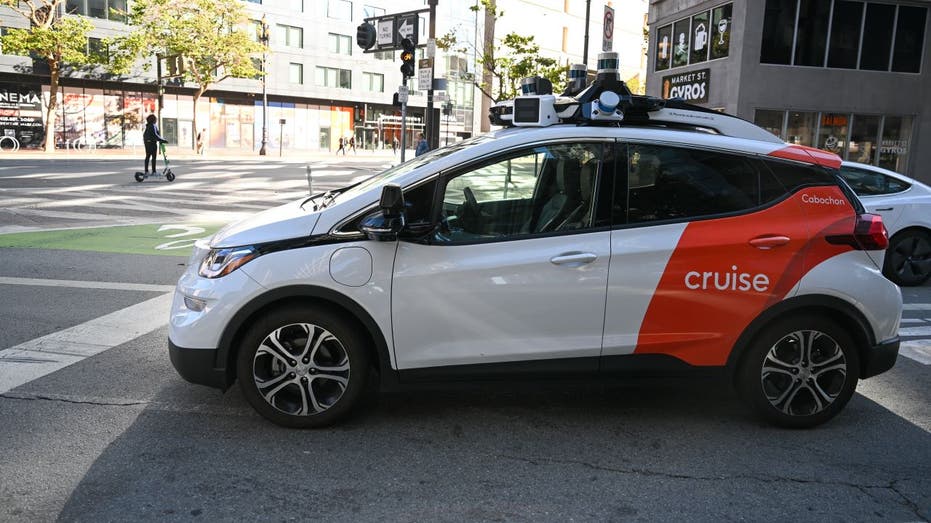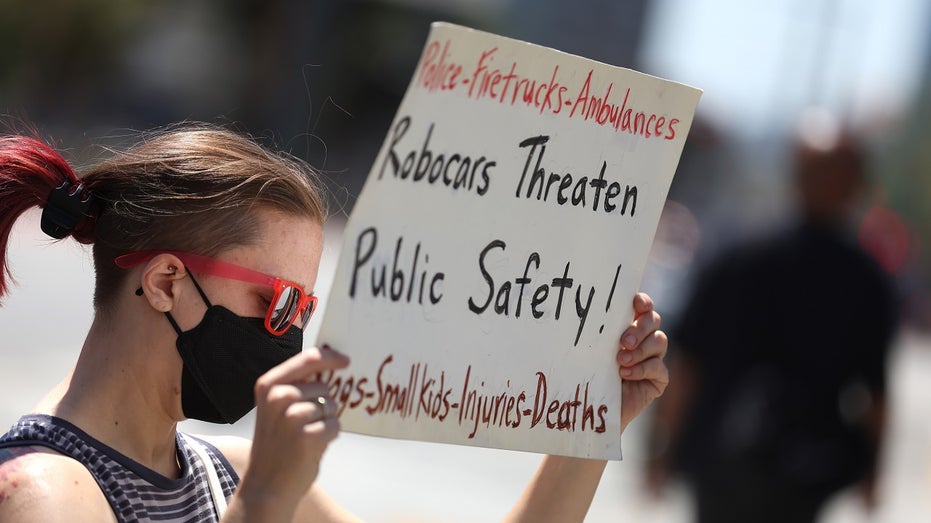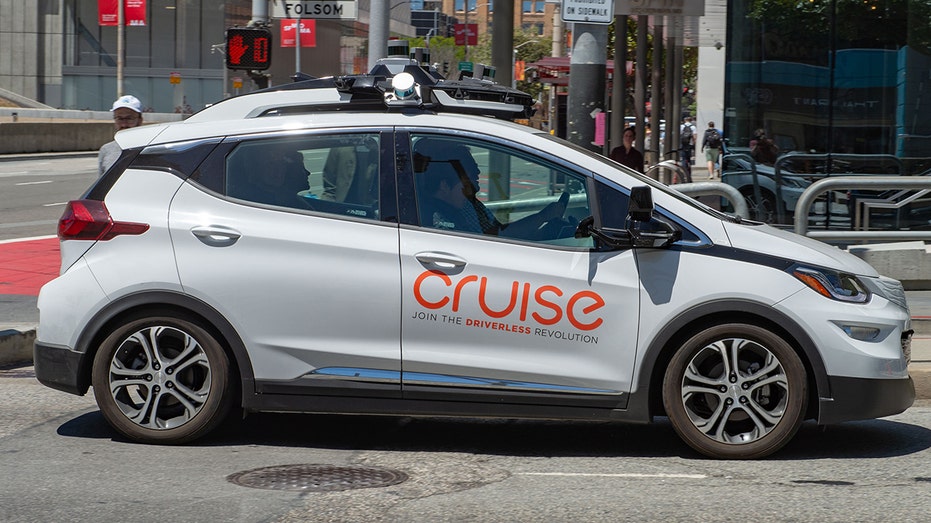Analysis reveals how GM's Cruise robotaxi struck and dragged pedestrian 20 feet
An accident report commissioned by GM said a human driver would have performed better than the Cruise robotaxi
General Motors CEO addresses self-driving Cruise robotaxi unit
FOX Business' Liz Claman spoke to General Motors CEO Mary Barra about GM’s Cruise robotaxi unit. They discussed the technology, safety of the driverless cars and we got Barra’s reaction to Arm CEO Rene Haas describing his ride in a Cruise vehicle.
A series of technical failures were to blame for the October accident in which a woman was struck and dragged by a Cruise robotaxi, an analysis commissioned by General Motors showed on Thursday.
A failure to detect the woman's location, inaccurate detection of what part of the car hit the woman and an error about where the car itself was led the vehicle to continue after hitting the woman instead of making an emergency stop, according to the report by engineering consultancy Exponent.
The San Francisco woman, who was dragged 20 feet by the rogue driver-less vehicle, suffered injuries but survived.
GM shut down Cruise's robotaxi operations amid an ongoing safety probe in the aftermath of the accident. The incident was a major setback for the entire autonomous vehicle industry and has prompted an investigation by the Justice Department.
GM'S CRUISE CUTTING 24% OF WORKFORCE, FIRES 9 EXECS AMID ROBOTAXI SAFETY PROBE

A Cruise, which is a driverless robot taxi, is seen during operation in San Francisco, California, USA on July 24, 2023. (Tayfun Coskun/Anadolu Agency via Getty Images / Getty Images)
The technical report by Exponent, part of a report from law firm Quinn Emanuel, provides a second-by-second account of how the accident unfolded and an in-depth look at the technical errors.
The accident happened after the woman was struck by another vehicle in an adjacent lane, one car length ahead, and thrown into the path of the Cruise autonomous vehicle.
The Cruise robotaxi could not have predicted the accident, the report said. Its sensors detected that the other car hit the pedestrian and marginally slowed down a fraction of a second before it hit the woman itself.
GM'S CRUISE CEO KYLE VOGT RESIGNS FROM COMPANY

A protester holds a sign during a demonstration outside of the California Public Utilities Commission (CPUC) on August 07, 2023 in San Francisco, California. (Justin Sullivan/Getty Images / Getty Images)
She then fell out of view of the robotaxi's lidar object detection sensor. The Cruise car's left wheel ran over her before it came to a halt, Exponent said.
The Cruise vehicle mistook the hit for a side collision instead of a frontal impact. Instead of making an emergency stop in place, the robotaxi moved ahead for about 20 feet at 7.7 miles per hour, dragging the pedestrian underneath, in order to pull over to the curb for safety.
The car also suffered from a location error and failed to identify that it was already in the lane next to the curb, according to the review.
GM TO HALT PRODUCTION OF CRUISE DRIVERLESS VAN

A safety review found a series of technical errors were responsible for an October 2, 2023, accident in which a woman was struck and dragged by a GM Cruise robotaxi in San Francisco. (Andrej Sokolow/dpa / Reuters Photos)
The woman's feet and lower legs were visible in the wide-angle left-side camera from the time of impact to the final stop, but even though her legs were briefly detected, the Cruise robotaxi did not classify or track the woman, Exponent said.
The report added there were no issues with the robotaxi's sensors or vehicle maintenance.
Cruise announced in a blog post Thursday that it had updated its software to correct the underlying issues.
CLICK HERE TO READ MORE ON FOX BUSINESS
The report emphasized that a human driver would have performed better.
"After the AV contacted the pedestrian, an alert and attentive human driver would be aware that an impact of some sort had occurred and would not have continued driving without further investigating the situation," Exponent said.
Reuters contributed to this report.





















